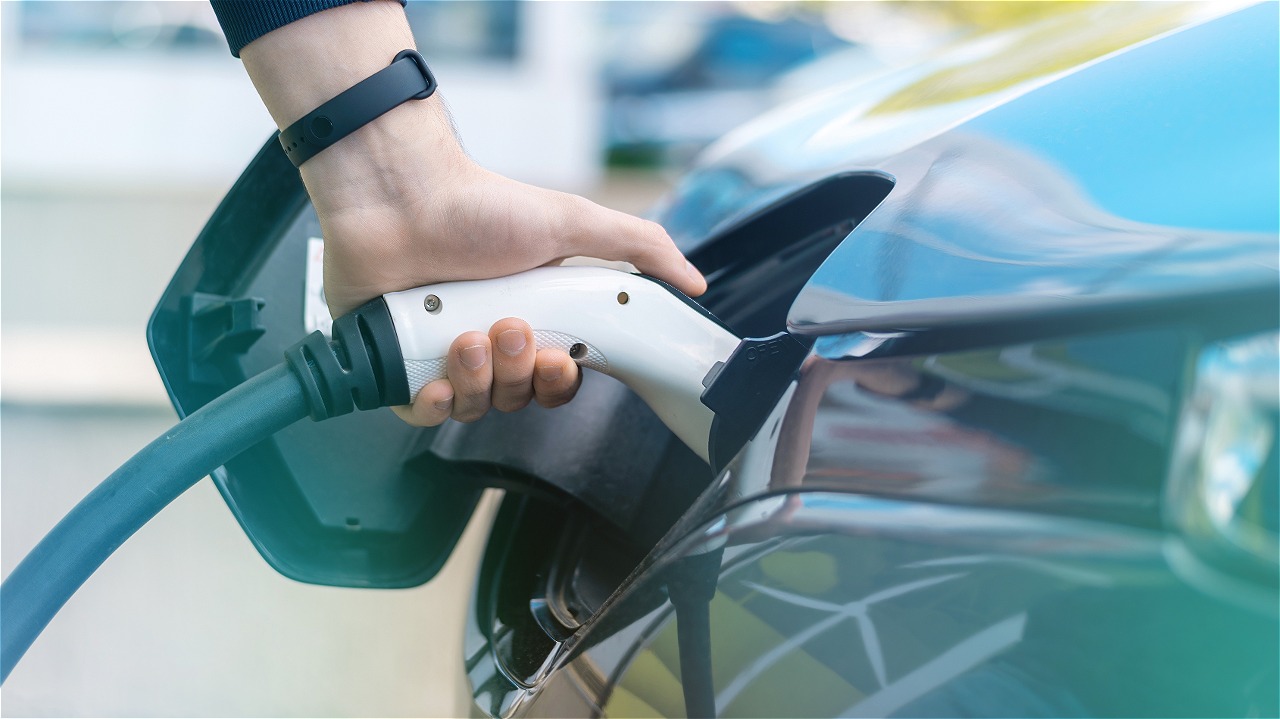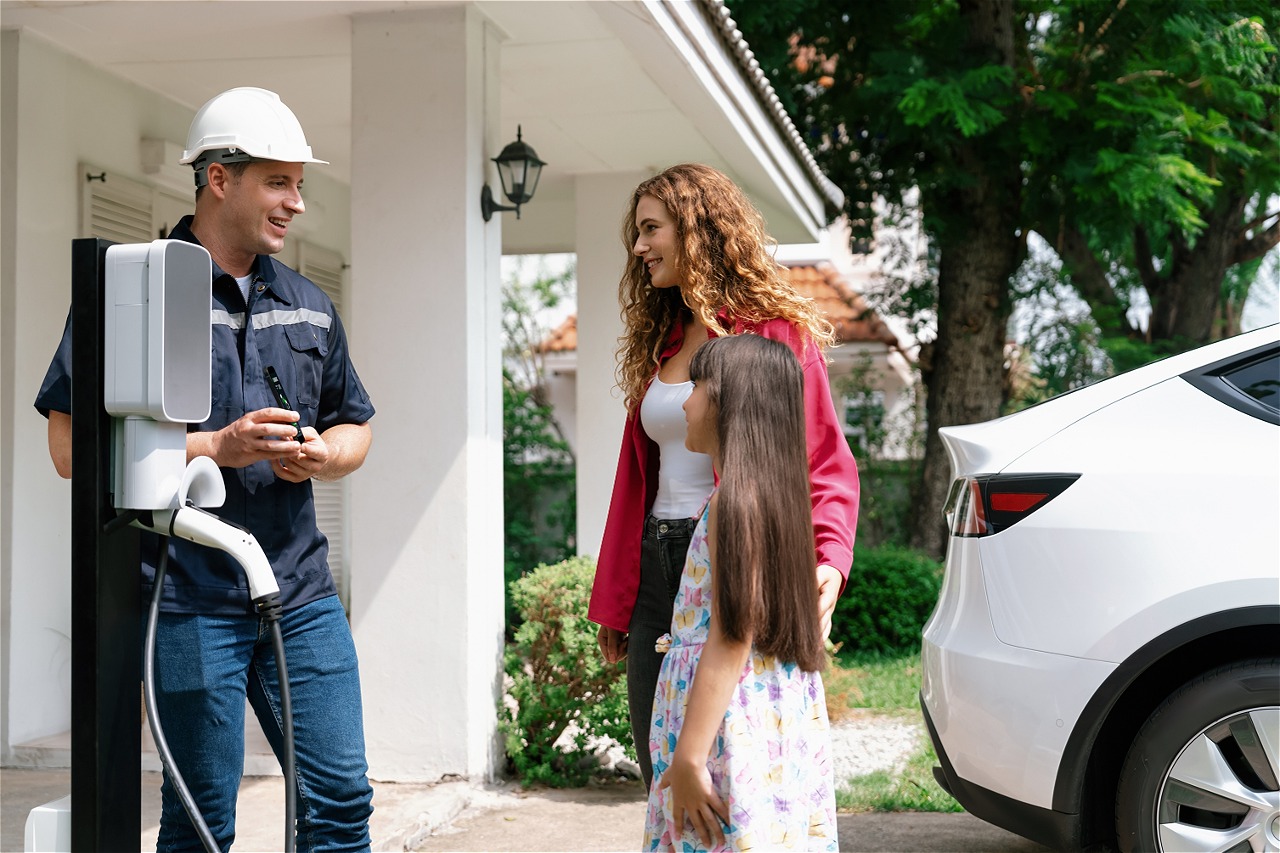Upgrade Energy Usage Efficiency
with EV Changing
Get top-tier EV charging technology installed in your home, public station, and workspaces, for reliable and sustainable outcomes.
GreenEnergy has been successfully delivering objective information for its clients. Our experts provide you with deep-researched and latest updates so that you can easily make decisions related to your house electrification and financial situations. We are here to guide you in every step.
With recorded data from multiple legitimate sources, we built our own database and rating system specifically for solar equipment, including solar panels, inverters, batteries, etc. In addition, we possess third-party data and information from main sources, government agencies, and many authentic organizations. Your trust and satisfaction are our primary goals. Thus contact us now to avail our services and get the best experience.

EV chargers have three categories which are Level 1, Level 2, and Level 3. Level 1 takes more time and is the slowest to charge, whereas level 3 is the fastest one. Level 2 is considered best for home chargings as level 3 takes a lot of power to install. All electric vehicles have charging ports in their cars. J1772 is the most commonly used charger for EV models.
Many factors must be considered when while considering the price to charge an EV. One of those factors includes the price of electricity which is often measured in cents per kilowatt hour. Usually, the cost to charge an EV is way less compared to the fuel used for cars. If you are charging at home then the rates same as the ones you pay for your electricity.
Now the question arises of how much time it takes to charge an EV. Normally the rate of charging them is around 25 to 35 miles of range for every hour. But if you leave the car overnight then you will have it fully charged. But if you use a standard wall outlet then a long-range EV might take a few days to charge. But it would provide you with enough power to carry out errands.s
Let’s collaborate for Cost-Efficient and Sustainable Solar Energy Installation!

1. How do you install an EV charger?
While installing an EV charger you need to check if you already have an appropriate outlet for it located about 20 feet away from your parking place. If you do then you can handle the whole process by yourself but if you don't, you might require the assistance of a skilled electrician. In the case of a new outlet, you will need some permits before installing them.
Firstly select the right charger you need for your vehicle. Level 2 chargers are referred for at-home charging. Next, you have to look for a spot that is close to your home's electrical panel. This will reduce the wiring costs and your vehicle can easily access it.
Safety precautions must be followed while carrying out the process such as turning the power off at the circuit breaker.. your electrician might install a dedicated circuit by adding a new breaker in your panel if you are installing Level 2 chargers. All the steps must be done carefully and with great supervision to ensure maximum safety after the charger is mounted, and the wires are connected with proper grounding. Once the process is completed, turn on the power and check whether the charger is working properly or not. It is best to choose a licensed electrician as they carry out the work more professionally and neatly.

2. What should I look for in an EV charger?
Buyers' personal preferences and requirements play a significant role when buying EV chargers. Though they might seem complex these chargers are very simple like USB chargers. Our vehicle manages most of the electricity flow. The cost, charging speed, type of charge, etc must be kept in mind while buying an EV charger.
Some vehicles come with chargers in their package, which is a way more convenient option for the buyers. Chargers that are UL-certified are considered to be the safety chargers for EVs, underwriter laboratories ensure that these chargers are risk-free when used properly. Make sure to check if they are UL-approved before buying them.
It's recommended to use a hardwired charger compared to the plug-in models as they don't have any visible plugs or outlets and provide faster charging compared to the latter. However, they require long-term costs because of their installation. Whereas plug-in chargers are cost-effective and can be easily installed at a lower cost.
One of the key elements that must be considered while looking for an EV charger is the connector type, as EV chargers in North America typically use a Tesla connector or J1772 connector. It's best to choose a connector that matches your vehicle's connector.
3. Who can get EV chargers installed?
Anyone can install EV chargers if they have the permits and resources. The installation of EV chargers depends largely upon two key points that are, the location of your parking and your electrical setup. If you own a private driveway or garage and have no limitation on the electricity then installing level 2 chargers is considered to be the best option. In the case of shared parking lots, it can be a bit trickier but many landlords and HOAs offer charging stations for residents.
The electrical system is the key when you are installing an EV charger. If the outlet is located close to your parking spot, especially the one that can spot 240 volts, then a little modification will be made. If you require assistance from an electrician then avoid using extension cores as they can slow down the charging.
Users who have electrical panels with good capacity can easily install EV chargers. Most panels can handle the EV charger installation process with a 200-amp main switch with two open slots for breakers. For low-capacity panels, circuit-sharing devices are a useful approach to tackle the problems related to them.
There have been many advancements in recent years to provide alternatives that don't require high costs for modifications and provide high charging speeds. This allows the users to install chargers with greater ease, making EV ownership more convenient and accessible.
Frequently Asked Questions
Concourse and safety must be top priorities while looking for a location. Make sure the site is fully protected and weather resistant, so that risks can be avoided .its is better to evaluate the wirings in case of shared parking lots to ensure secured charging spots for the people.
Yes, you can use solar panels to charge your electrical vehicles, in fact installing solar panels with toy panels is considered to be a very sustainable option as it reduces the electricity cost and can be used for many other purposes. You might need storage batteries for overnight chagrin of your electrical vehicle.
Installing an EV charger on a rented property requires permission from your landlord and the property's electrical configuration must be evaluated. In most cases, renters opt for the level 1 chargers because they are easy to install. You can also use a portable charger so that you can easily charge your EV wherever you want.
Not really, you don't have to upgrade your electrical panel to install an EV charger. However old homes might need some modification to support Level 2 and Level 3 chargers. Electric might suggest load-shedding devices to optimize the power distribution without the need for major changes.
